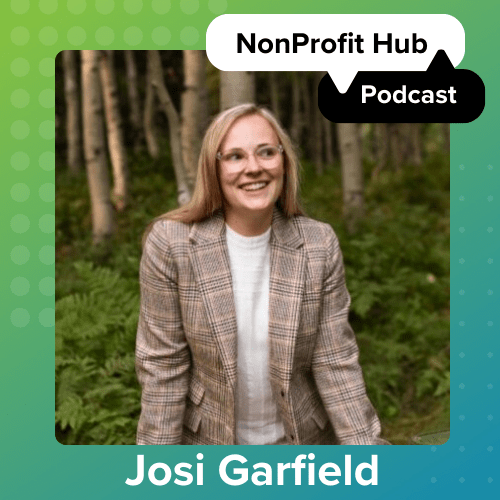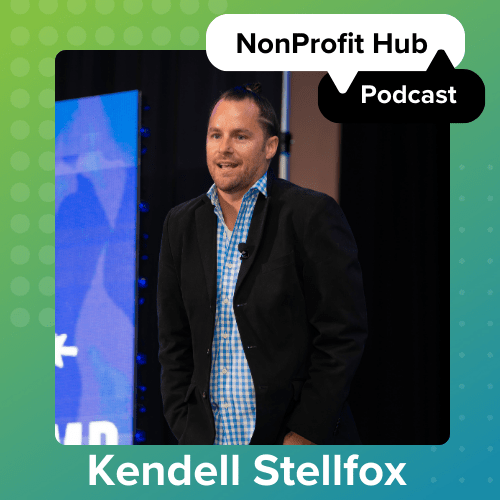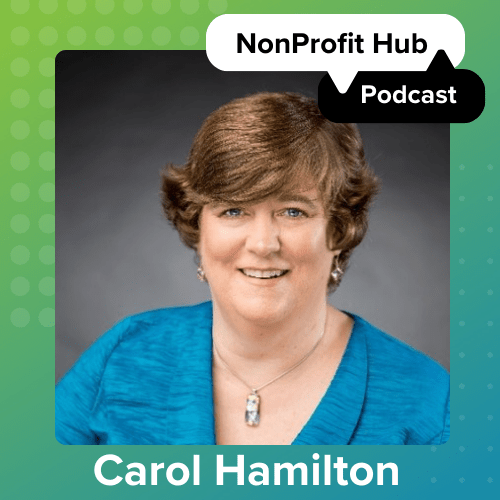Steven Shattuck is VP of Marketing at Bloomerang. As a HubSpot Certified inbound marketer, he is a contributor to Nonprofit Hub, National Council of Nonprofits, Ragan, Social Media Today, Search Engine Journal, The Build Network, HubSpot, Content Marketing Institute and Business2Community. Steven has spoken at national and local conferences, and is frequently interviewed by media outlets for his expertise in digital marketing.
_____________
Digital marketing is going through a great democratization process. As advanced marketing tools and tactics become more accessible to nonprofits through low-cost apps and software programs, more and more savvy fundraisers are launching the kinds of innovative campaigns that just a few years ago seemed out of reach.
For those who want to get in on the action, there’s no shortage of marketing advice out there in the blogosphere. With all of the tech jargon and marketing buzzwords flying around, it can be hard to cut through the noise and avoid feeling overwhelmed.
If you’re ready to take your online fundraising and marketing efforts to the next level, here are four seminal terms for the 21st century:
1. Conversion Rate Optimization (CRO)
CRO or conversion rate optimization is the practice of designing your pages and forms for the maximum amount of completions. The goal here is to eliminate page abandonment.
For nonprofits, CRO comes into play with regards to donation forms. Not only do you want to make the form page easy to get to and enticing, the page and form itself needs to be clean and user-friendly so as to generate the most completions possible.
Experts in CRO typically test multiple variations of pages and forms, then dig into the data to see which performs best. Not only should you try to follow best practices for form and page design, you should also try testing at least two variations to see which one users prefer.
2. Drip Marketing
Drip marketing is the practice of segmenting an email list and delivering relevant content on an ongoing basis with the goal of nurturing those contacts. Drip marketing campaigns typically consist of several cadences or schedules. For example, one segment may receive a unique email 1 day, 3 days, 10 days and 28 days after a conversion until they convert again. The key here is to tailor the emails they receive to their behavior on the website, rather than just lumping them into a generic newsletter list.
Drip marketing is a great way to stay top-of-mind with those who opt-in to your website while sprinkling in promotional content.
3. Multi-Touch Attribution
Multi-touch attribution modeling is one of the most important things a data-driven fundraiser can become adept in. Think of it as mapping out all of the touch-points a donor goes through before making a donation. In doing so, you can discern which of your outreach efforts is most effective.
The best e-commerce websites are masters of this practice. They know exactly when and what page a website visitor looked at before making a purchase, which often takes place over multiple visits.
For example, a typical website visitor journey make look something like this:
- 1st visit – Google search
- visitor leaves after clicking your Facebook page “like” button
- 2nd visit – Facebook referral
- visitor leaves
- 3rd visit – direct (they typed in your URL)
- visitor leaves after subscribing to your newsletter
- 4th visit – email referral
- visitor leaves after making a donation
Based on this example, you could give credit to organic SEO, Facebook and email for finally converting the visitor. There are two schools of thought on which to give the most credit to:
- First-click attribution (in this case, Google search)
- Last-click attribution (in this case, email)
First-click is great for giving credit to “discovery,” while last-click is great for pinpointing what finally drove the conversion. Both are important, but there is a great debate among marketers on which is truly the better indicator.
Knowing the path your website visitors take before finally converting on your site (making a donation, signing up to be a volunteer, registering for an event, etc.) allows you to hone your efforts and place a value on all of your marketing channels (social, email, paid ads, etc.).
Google Analytics is a great free tool that allows you to track referrals and visitor journeys through your website. A more robust marketing automation system is needed to actually identify and drill into an individual user’s experience.
4. Earned Media / Owned Media / Paid Media / Leased Media
Today, there are multiple forms of “media” spoken and written about.
- Earned Media: also known as public relations (being featured in a newspaper article or TV story)
- Owned Media: also known as content marketing (your blog posts and videos)
- Paid Media: also known as traditional advertising (TV/radio spots, print ads, billboard)
- Leased Media: owned content placed on a platform you don’t own (blog posts on Medium, LinkedIn Today or Quora)
A healthy mix of all four is crucial to your overall brand strategy. Being wholly leveraged in only one or two can be costly and ineffective. The great thing about owned and leased media is that it can lead to more earned media mentions, allowing you to spend less money on paid media.
Is your nonprofit utilizing any of the above strategies? Let me know in the comments below!






